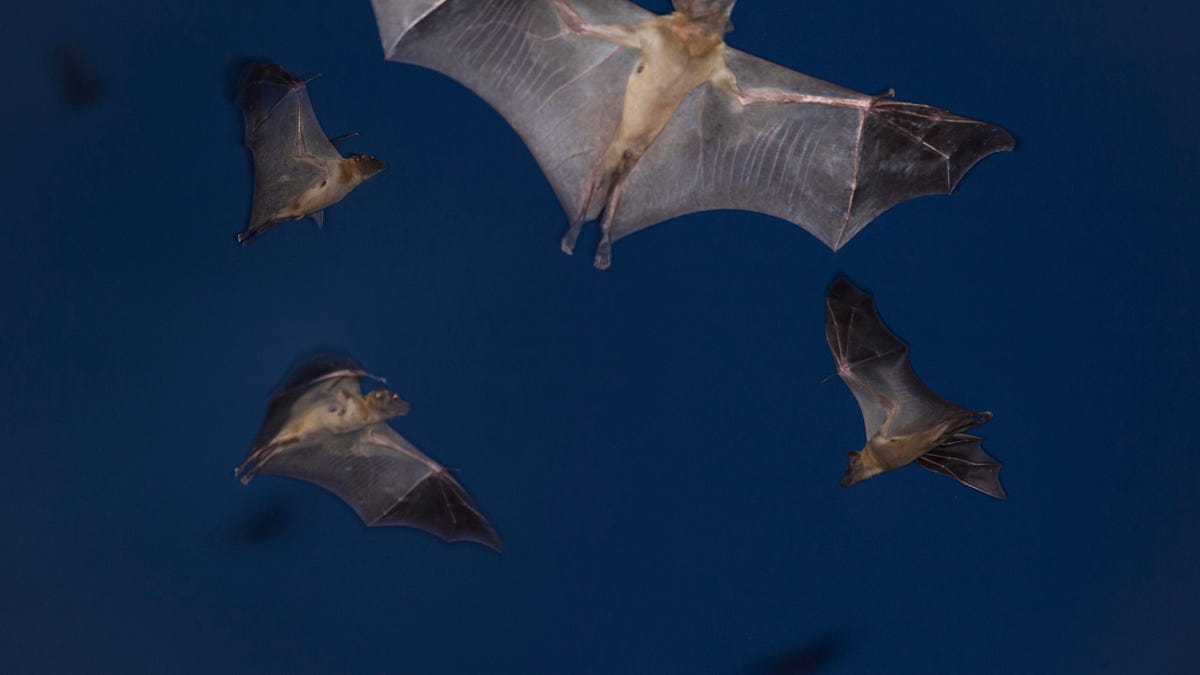Robat the robot mimics bats, using sound alone to navigate
Robot + bat = a new bot that uses an echo-based sonar system to get around and map new surroundings.

Bats have taught roboticists a thing or two.
Meet Robat.
It's a fully autonomous terrestrial robot that gets around by emitting audio and analyzing the returning echoes, much like bats do, to generate an accurate map of a space. It shows "great potential" for the use of sound in future robotics applications, its creators say.
Unlike Bat Bot, a winged robot inspired by bat movements, this little wheeled robot out of Tel Aviv University looks nothing like a bat. But it acts like one. An ultrasonic speaker mimics the bat's mouth, emitting frequency modulated chirps at a typical bat rate. Two ultrasonic microphones mimic its ears.
"Unlike the narrow-band signals typically used in robotic applications, the bat's wide-band signals provide ample spatial information allowing it to localize multiple reflectors within a single beam," reads a study on Robat published in the journal PLOS Computational Biology. "This is the approach we aimed to test and mimic in this study."
Robat successfully used echolocation to navigate a large outdoor space.
This isn't the first time researchers have used airborne sounds to map and move through spaces, nor is it the first time they've used biomimetic sonar to do so.
But "our Robat is the first fully autonomous, bat-like biorobot that moves through a novel environment while mapping it solely based on echo information," said grad student Itamar Eliakim, part of a team of engineers, zoologists and neuroscientists who designed and built Robat.
In experiments, Robat successfully delineated the borders of objects it encountered in a large outdoor space, moved around those objects and classified them (plant or non-plant) using a neural network. It was able to create a real-time map of its environment that included spatial information about objects' size and orientation and then wirelessly transmit that map via antennae mounted in the back.
An echo-based navigation system like this, could, theoretically, hold promise for a robot tasked with mapping an unfamiliar space like a disaster recovery area or terrain that needs to scoped by the military. Or even just bots that vacuum floors.
Not surprisingly, Robat moves much slower than a real bat, at least in this iteration, stopping for about 30 seconds every 1.6 feet (half meter) to acquire echoes. Also not surprisingly, it doesn't yet hang from rafters.
Taking It to Extremes: Mix insane situations -- erupting volcanoes, nuclear meltdowns, 30-foot waves -- with everyday tech. Here's what happens.
Fight the Power: Take a look at who's transforming the way we think about energy.

